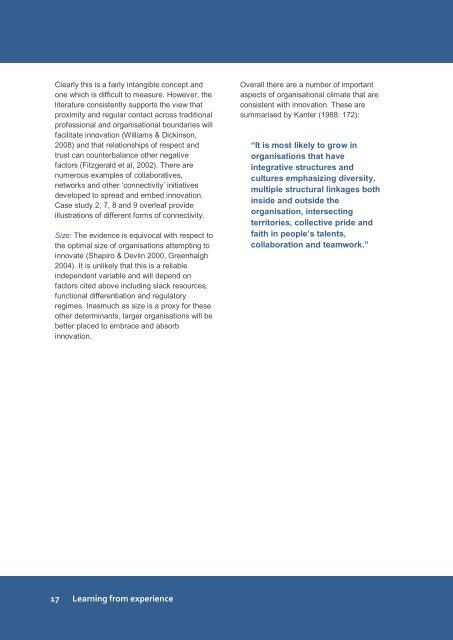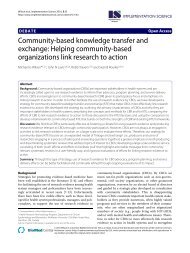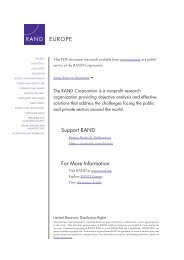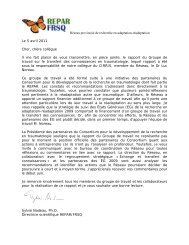Promoting and Embedding Innovation
Promoting and Embedding Innovation
Promoting and Embedding Innovation
You also want an ePaper? Increase the reach of your titles
YUMPU automatically turns print PDFs into web optimized ePapers that Google loves.
Clearly this is a fairly intangible concept <strong>and</strong><br />
one which is difficult to measure. However, the<br />
literature consistently supports the view that<br />
proximity <strong>and</strong> regular contact across traditional<br />
professional <strong>and</strong> organisational boundaries will<br />
facilitate innovation (Williams & Dickinson,<br />
2008) <strong>and</strong> that relationships of respect <strong>and</strong><br />
trust can counterbalance other negative<br />
factors (Fitzgerald et al, 2002). There are<br />
numerous examples of collaboratives,<br />
networks <strong>and</strong> other „connectivity‟ initiatives<br />
developed to spread <strong>and</strong> embed innovation.<br />
Case study 2, 7, 8 <strong>and</strong> 9 overleaf provide<br />
illustrations of different forms of connectivity.<br />
Size: The evidence is equivocal with respect to<br />
the optimal size of organisations attempting to<br />
innovate (Shapiro & Devlin 2000, Greenhalgh<br />
2004). It is unlikely that this is a reliable<br />
independent variable <strong>and</strong> will depend on<br />
factors cited above including slack resources,<br />
functional differentiation <strong>and</strong> regulatory<br />
regimes. Inasmuch as size is a proxy for these<br />
other determinants, larger organisations will be<br />
better placed to embrace <strong>and</strong> absorb<br />
innovation.<br />
Overall there are a number of important<br />
aspects of organisational climate that are<br />
consistent with innovation. These are<br />
summarised by Kanter (1988: 172):<br />
“It is most likely to grow in<br />
organisations that have<br />
integrative structures <strong>and</strong><br />
cultures emphasizing diversity,<br />
multiple structural linkages both<br />
inside <strong>and</strong> outside the<br />
organisation, intersecting<br />
territories, collective pride <strong>and</strong><br />
faith in people’s talents,<br />
collaboration <strong>and</strong> teamwork.”<br />
17 Learning from experience
















